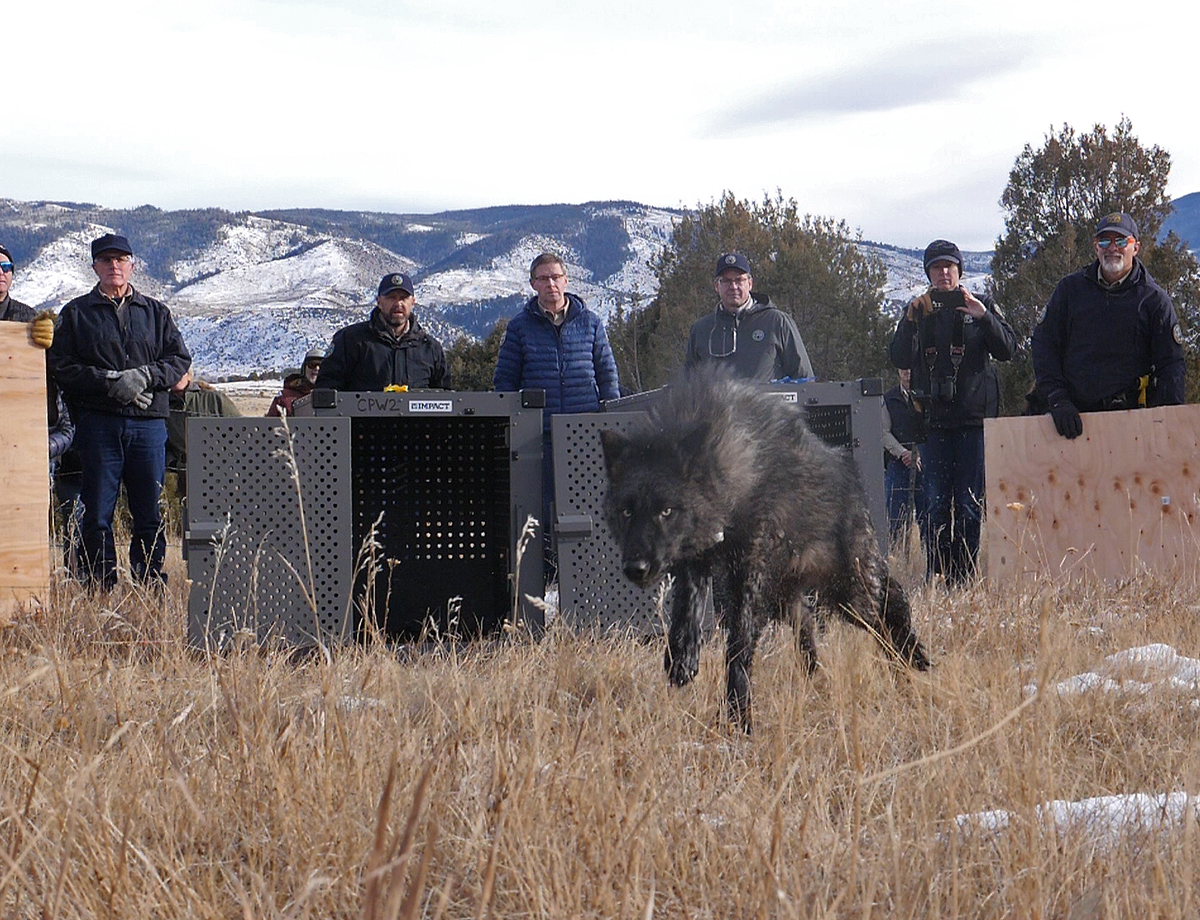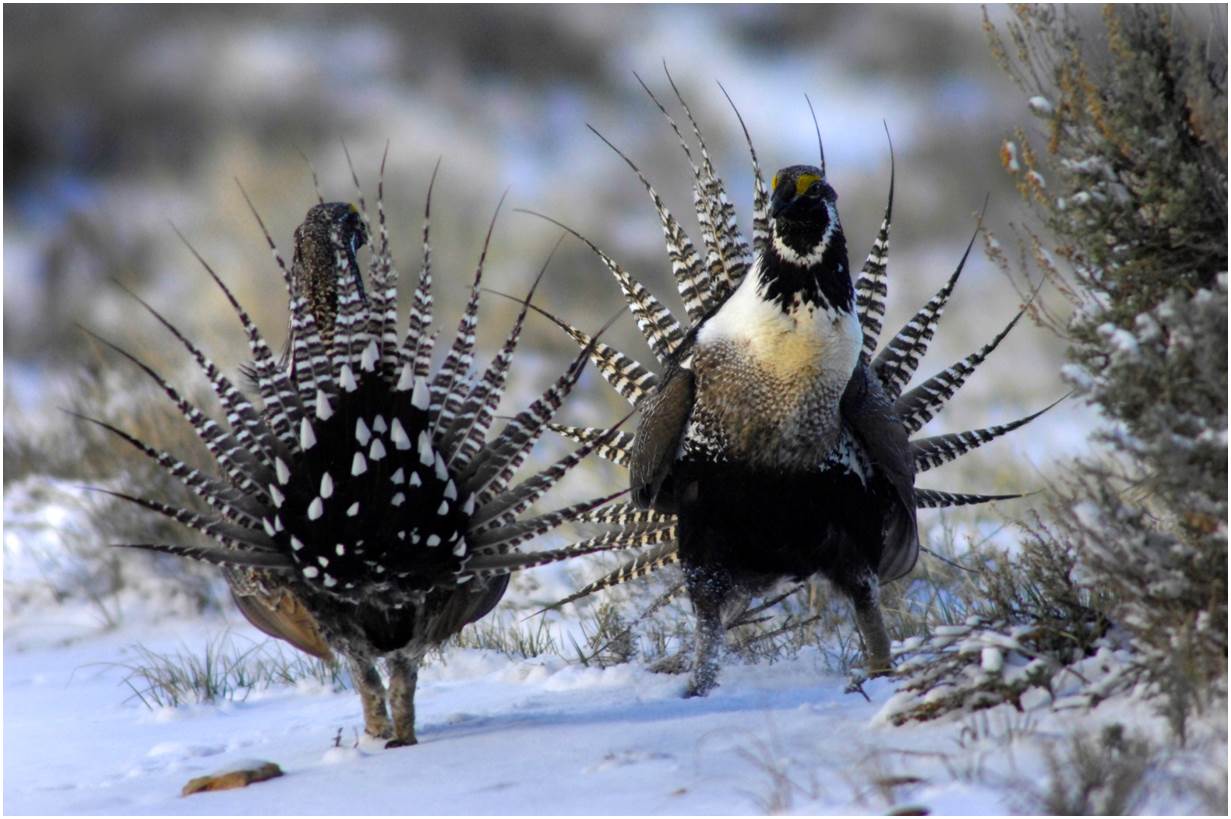
This week Hal dusts off a topic we covered previously on Looking Up but is now in need of an update.
A couple years ago I told you about a cool thing you can see in the Southern Colorado sky, Zodiacal Light! And the good news is, it’s back.
As I told you back in March of 2016, our Solar System is mostly empty space. Extending across billions of miles, the Solar System you learned about in school contains eight or nine planets, depending on how old you are, with the Sun in the middle, and lots of empty space between. But as with most things, it’s a little more complicated, and a little more beautiful, than you might think. That’s because there are vast, if sparse, clouds of dust left over from when the Solar System was created. And we get to see that dust show up as a wonderful and gorgeous pillar of light in the early evening sky.
That’s because twice every year, before dawn in the Fall and just after sunset in the Spring, though this time it is coming in February, the geometry of the solar system allows the Sun to light up this interplanetary dust cloud. Driving west just after sunset, look for a strange and beautiful triangle-ish pillar of glimmering light rising from the western horizon and extending up into the sky. That, my friends, is the wonderful zodiacal light, visible twice each year, and it visits us this year from February 2nd to the 16th.
So keep your eyes peeled as you look to the west as night begins, and see if you can see one of the Solar System’s dirty little secret – it’s dusty.

If you’d like to take a closer look at zodiacal light, or any of the other wonderful and amazing things in the sky, please visit csastro.org for a link to information on our monthly meetings and our free public star parties.








